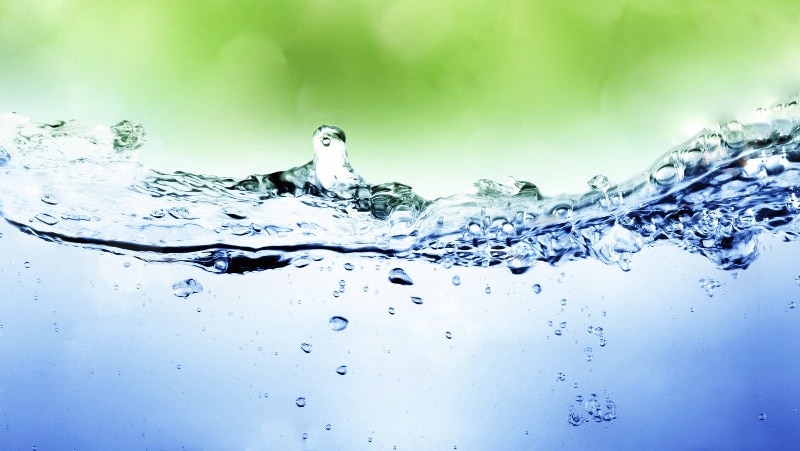
Avian Influenza in Poultry
Preventing and controlling avian influenza in poultry is one of the most important measures you can take on a farm. Avian influenza is a highly contagious and viral disease affecting food-producing birds including chickens, turkeys, quails and guinea fowl.
How do you take action against the threat of this disease? The World Organization for Animal Health recognizes biosecurity as key in preventing and controlling avian influenza. This is critical to securing the production sector and trade, safeguarding food security and the livelihoods of farmers, and limiting the risk of human infection.
Ecolab has the tools you need to protect your farm against the negative impacts of avian influenza and help ensure healthy animals and optimal farm outputs.
Prevention and Control of Avian Influenza in Poultry
Clean | Disinfect | Protect
The critical points of the critical points of biosecurity contributing to prevent and control avian influenza are entrance, transport and barn hygiene. Here are tips to keep in mind to care for your farm, employees and poultry:
- Use a disinfectant effective against virus responsible for avian influenza.
- Make sure every person on the farm follows hand hygiene procedures, including washing and disinfecting their hands before entering the barn.
- Place boot baths at every barn entrance and make sure they're well-maintained so you protect your farm from introduction of pathogens via shoes or boots.
- Make sure vehicles and crates coming to your farm are cleaned and disinfected properly.
- Place disinfecting wheel baths and spraying bows at the entrance of your farm to avoid introduction and transmission of the pathogens via trucks.
- Encourage and promote personal hygiene and biosecurity measures for truck drivers.
- Ensure feed storage silos and drinking water lines are cleaned and disinfected after every cycle.
- Take samples of your drinking water source to monitor for contaminants that could be transmitted to your barn and animals.

Product Information
Contact your local sales representative for more information on the best solutions available to meet your needs.
The 3 Ps of Biosecurity
"You can protect your flock not just by using the right products, but also by applying them according to the correct procedures, in combination with thoroughly training your personnel. I call this the 3 P's of Biosecurity: Products, Procedures, Personnel."
- Luc Ledoux, Poultry Specialist at CID LINES, An Ecolab Company
Critical Points of Preventing and Controlling Avian Influenza

Feed
Only feed poultry with products that are specifically intended for animals.

Feed Bins
To prevent feed contamination and loss of nutritional value, clean bins regularly, preferably with a product that prevents microbiological growth. Empty the bins completely and clean and disinfect auger after every cycle.

Water
Water transports various nutrients, is responsible for digestion and plays a key role in regulating animal temperature. Make sure the drinking water for your animals has an optimal microbiological quality. To prevent the growth of pathogens, use a water disinfectant during the production cycle. At a sanitary stop, clean and disinfect the whole drinking water system to remove biofilm and to reduce the general infection pressure as much as possible before new animals come in. Wild birds should have no access to water.

Transport
Inform drivers about farm transport hygiene procedures:
- Regularly clean and disinfect truck cabs.
- When arriving to collect animals, use efficacious and non-corrosive chemicals to clean, disinfect and dry truck cargo sections.
- Follow hand hygiene and personal hygiene protocols.
- Drivers should not walk around the farm or enter barns.
- All equipment used by drivers for loading or unloading should be cleaned and disinfected after transport.

Visitors
Register every person who enters the barn. Have visitors wash and disinfect their hands, take a shower and enter the clean zone of the hygiene lock and wear farm-specific clothes and farm-specific boots. Visitors should then walk through a boot disinfection bath before entering the barn. Foot dips should be filled with a disinfectant with proven efficacy against virus responsible for avian influenza.

Barn
Properly clean and disinfect barns after every production cycle to reduce the general infection pressure as much as possible before new animals come in.
Resources
Watch the Webinar: A practical approach to prevent Avian Influenza



